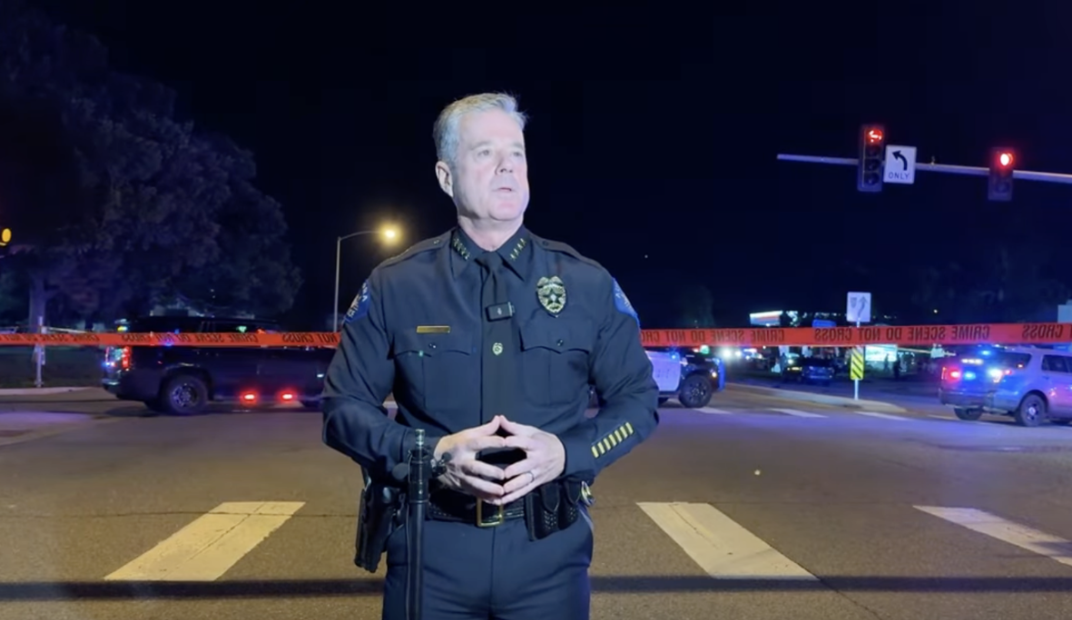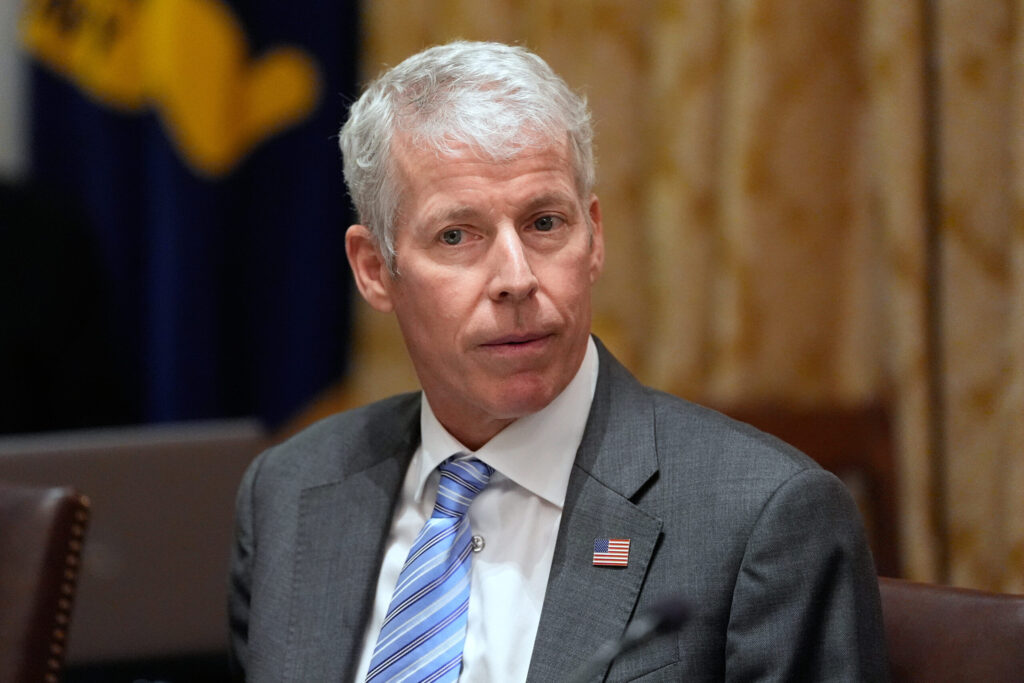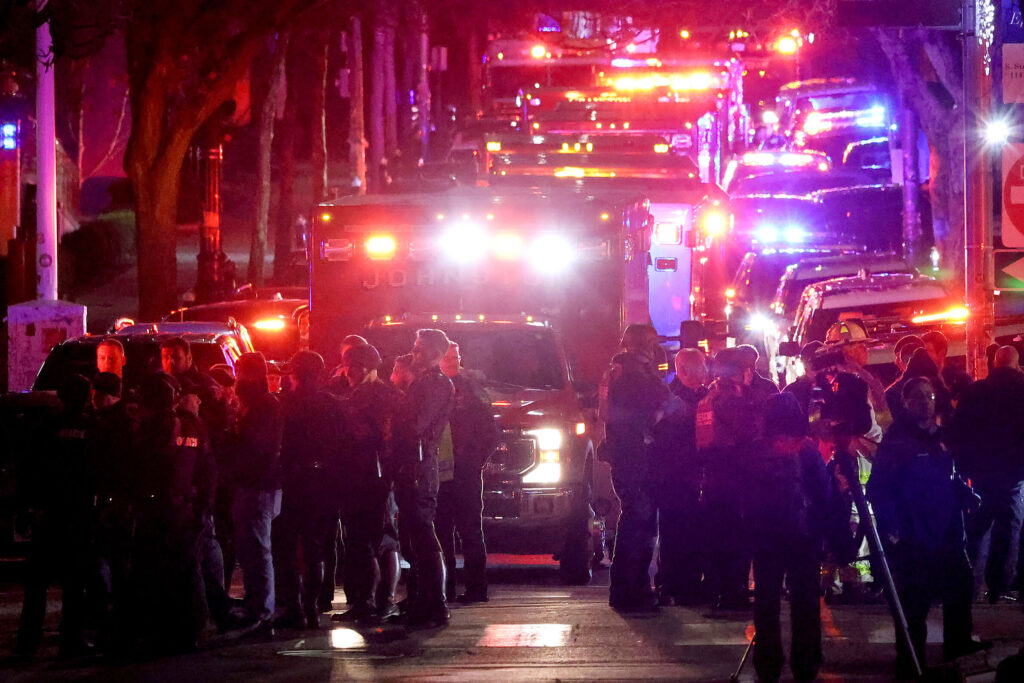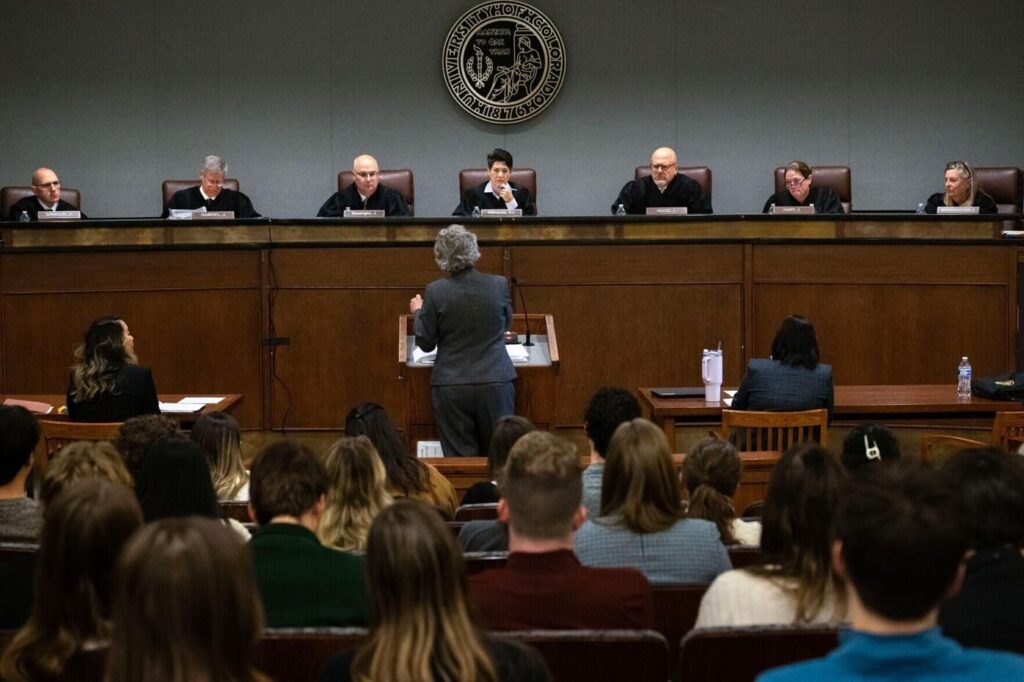Aurora police car chases skyrocket after stolen car policy change, consent decree report says

The number of Aurora Police Department car chases increased exponentially after the department changed its pursuit policy in March, according to the latest Independent Consent Decree Monitor report. Meanwhile, the number of SWAT incidents has decreased.
The report, released in October covering Feb. 16 to Aug. 15, also discussed officer-involved shootings.
“While APD has made meaningful progress in many areas of the CD in this reporting period, it is important to remember that all of those accomplishments can be undermined by a single incident that erodes public trust,” the report said after summarizing recent officer-involved shootings, adding that the department needs to make sure it conducts unbiased investigations and learns from each critical incident.
The Aurora Police Department faces multiple lawsuits over use of force.
The consent decree, which the city entered into with the Colorado Attorney General’s Office in 2021 to implement sweeping changes to policing, notably in the use of force and how officers engage with residents, is envisioned to last about five years, according to Independent Monitor Jeff Schlanger.
In the most recent reporting period, Aurora police were following a new pursuit policy, adopted March 5, that allows officers to pursue stolen cars, which they were previously not allowed to do.
In the previous reporting period, covering Oct. 1, 2024 to Feb. 15, there were three pursuits.
Between April 1 and Aug. 15, there were 107, with 80 of them for stolen vehicles, according to the latest report.
In the pursuits involving stolen vehicles, 39 subjects were apprehended, 38 escaped and there were three crashes.
Of the 27 other vehicle pursuits, eight were for known felonies in progress or that just occurred, 10 were for suspected criminal activity and nine were for suspected DUI.
It is “up to the city” to determine whether or not the data should determine any changes to the department’s pursuit policy, the report said, adding that the monitor recommended all patrol vehicles get dash cameras.
Continuous risk assessment is mandated throughout a vehicle pursuit, taking into account traffic conditions, time of day and offense severity, a police spokesperson said.
“The pursuit policy change underscore APD’s dedication to maintaining social order and ensuring that those who break the law are held accountable,” the spokesperson said. “Officers are entrusted with the judgment to initiate, continue, or terminate pursuits based on real-time assessments, with an emphasis on accountability in decision-making.”
The report also showed police uses of force increasing in the most recent reporting period, from 286 documented in the previous period to 362 in the most recent timeframe.
It noted that 33 of those uses of force were police pursuits that ended in PIT maneuvers or vehicle contact, which is also classified as a use of force. It is not clear how many also involved a separate use of force.
Recent use of force incidents have “heightened public anxiety regarding racial disparities in the use of force, the adequacy of de-escalation training, and the risks associated with solo officer tactics,” the report said.
“Even when policy and law support an officer’s actions, the community’s perception of pre-judgment or insufficient neutrality can erode trust, magnifying the need for rigorous and unbiased post-incident review,” the report added.
The monitor highlighted five use of force incidents in and around the most recent reporting period:
- March 24: The police shot a 17-year-old Hispanic boy who had a large knife and did not comply with repeated commands. The boy survived and was taken into custody.
- May 12: The police shot and killed 32-year-old Rashaud Johnson at The Parking Spot, an off-airport parking facility near DIA. Johnson, a Black man, was not armed and “aggressively approached” the officer.
- June 14: Police shot and killed Todd Smith, a White 59-year-old man, while responding to a domestic disturbance call. Smith grabbed a handgun from a work bench and turned toward the officers, and one of the officers fired at him.
- Aug. 30: The police shot and killed Rajon Belt-Stubblefield, a 37-year-old Black man, after a traffic stop.
- Sept. 18: The police shot and killed a 17-year-old boy after the boy, who is White, called 911 and stated his intent to open fire inside a business and shoot police when they got there. He was later found to be unarmed.
The consent decree monitor will shadow the administrative review of the Aug. 30 Belt-Stubblefield shooting, which has drawn a lot of public scrutiny, as requested by City Manager Jason Batchelor.
This is not a standard role for the monitor, but it was specifically requested by the city manager, the report said.
In the last reporting period, the monitor expressed worries about APD’s SWAT team, particularly after the May 2024 fatal shooting of Kilyn Lewis.
Since the last report, APD has implemented new guidelines for SWAT deployment, the report said, creating a matrix to determine risk level.
Early data showed that the new guidelines are reducing SWAT activity, the report showed.
Before changing SWAT guidelines, between January and September of 2024, there were 244 SWAT deployments and 17 SWAT uses of force.
Since the change, between October 2024 and June, there were 156 SWAT deployments and 11 SWAT uses of force. Nine warrants were denied for SWAT response based on the department’s matrix.
In the former time period, there were 129 SWAT arrests, which dropped to 115 in the more recent time period, meaning “arrest productivity has only declined modestly,” the report said.
Changing SWAT protocol was not due to the consent decree’s suggestions, but rather because Chief Todd Chamberlain followed nationwide best practices when it comes to SWAT deployment, the police spokesperson said.
“Instead of being used for all felony level warrants, they will be prioritized for those felony warrants that have a nexus to dangerous persons, those involving firearms, or dangerous drugs, for example,” the spokesperson said. “We can and will utilize our other specialized units (DART, Gangs, PAR, Patrol, etc.,) for those warrant calls.”
Aurora agreed to make changes after an investigation by the Attorney General’s Office found patterns of bias and excessive force in policing. The investigation also found a pattern of using the sedative ketamine in violation of the law by the fire department, which has since stopped using the drug but has to comply with related mandates in the consent agreement if it ever resumes use.
The process was prompted by the death of 23-year-old Elijah McClain, who died after an encounter with officers in 2019 as he walked home from a convenience store.
The Community Advisory Council was created in March 2022 by the office of the Independent Consent Decree Monitor to provide the monitor with input from the community and communicate the status of the decree back to the community.
An APD spokesperson did not address the increases in crashes, and injuries, from chases.
The full report can be found on the monitor’s website.













